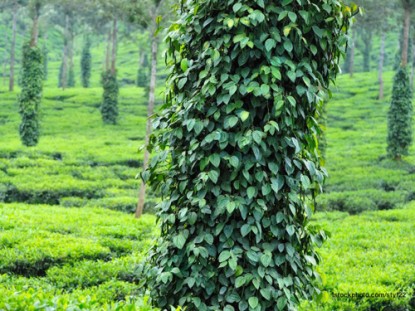by Jenise » Tue Feb 16, 2016 8:56 pm
These days I love black pepper and use it fairly liberally. I go through half a pound of Penzey's Tellicherry every six months.
But it wasn't always like that for me. For years about the only way I used it was on corn on the cob. And I liked so much pepper, it was hot. It bit back. In my years of buying Tellicherry from Penzey's, however, the heat went away. I've wondered every now and then if I built up a tolerance, or if the heat in fact wasn't there. Recently, I ran out of pepper and coincidentally saw Tellicherry in containers at Costco, so I bought some.
Last week I made a bean soup and Bob asked what kind of chiles I had put in it. None. Then a few days ago I put a nose dose of pepper in something else, and it had the hot kick, too. So it's the Costco tellicherry pepper that's hot.
So I called Penzey's today and asked if I could talk to a pepper buyer about what made black pepper hot, telling my story above to illustrate my desire to know. I asked if it was the growing climate. Is pepper from X hotter than pepper from India, for instance, or does a hotter vintage year produce sweeter or hotter peppercorns? The first answer was, "Maybe you're putting more in than you used to." To that I had to hold back something snide along the lines of, "If that were the case, would I have called you?", and just asked what their second choice was. It's probably old, said my new phone pal, "Pepper gets hotter as it ages."
Not sure if I buy that or not, especially since I didn't get an authoritative first answer. I did a little internet searching and didn't come up with anything that addresses 'heat' beyond variety. What I want to know comes WITHIN varietal borders..
Anyone else have a clue?
My wine shopping and I have never had a problem. Just a perpetual race between the bankruptcy court and Hell.--Rogov

